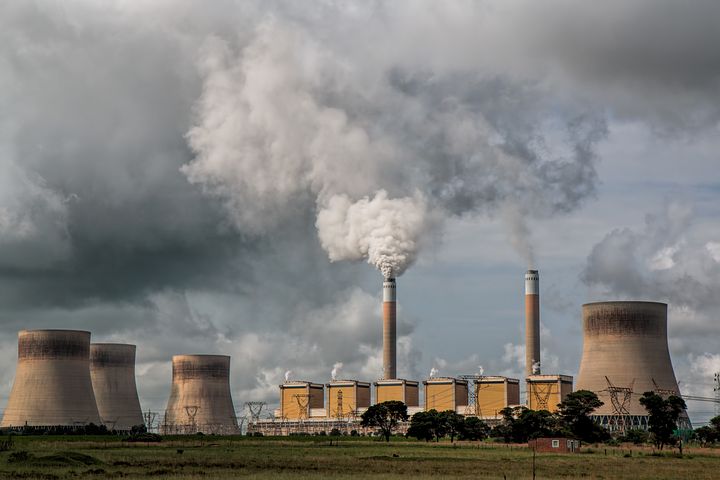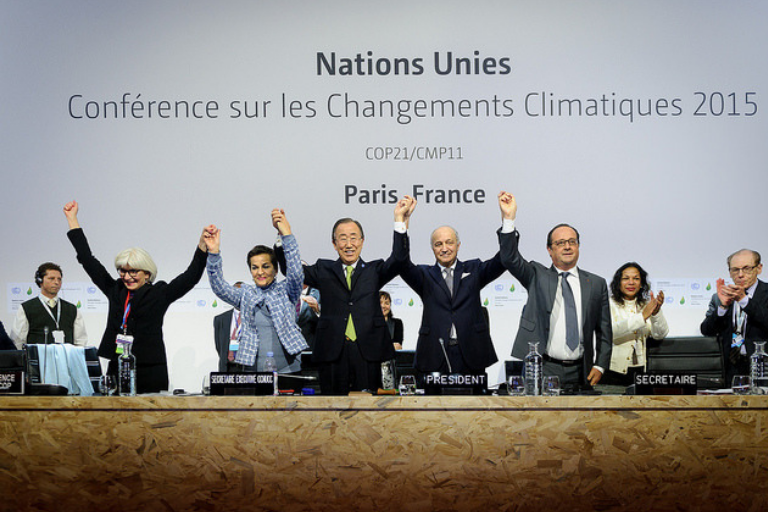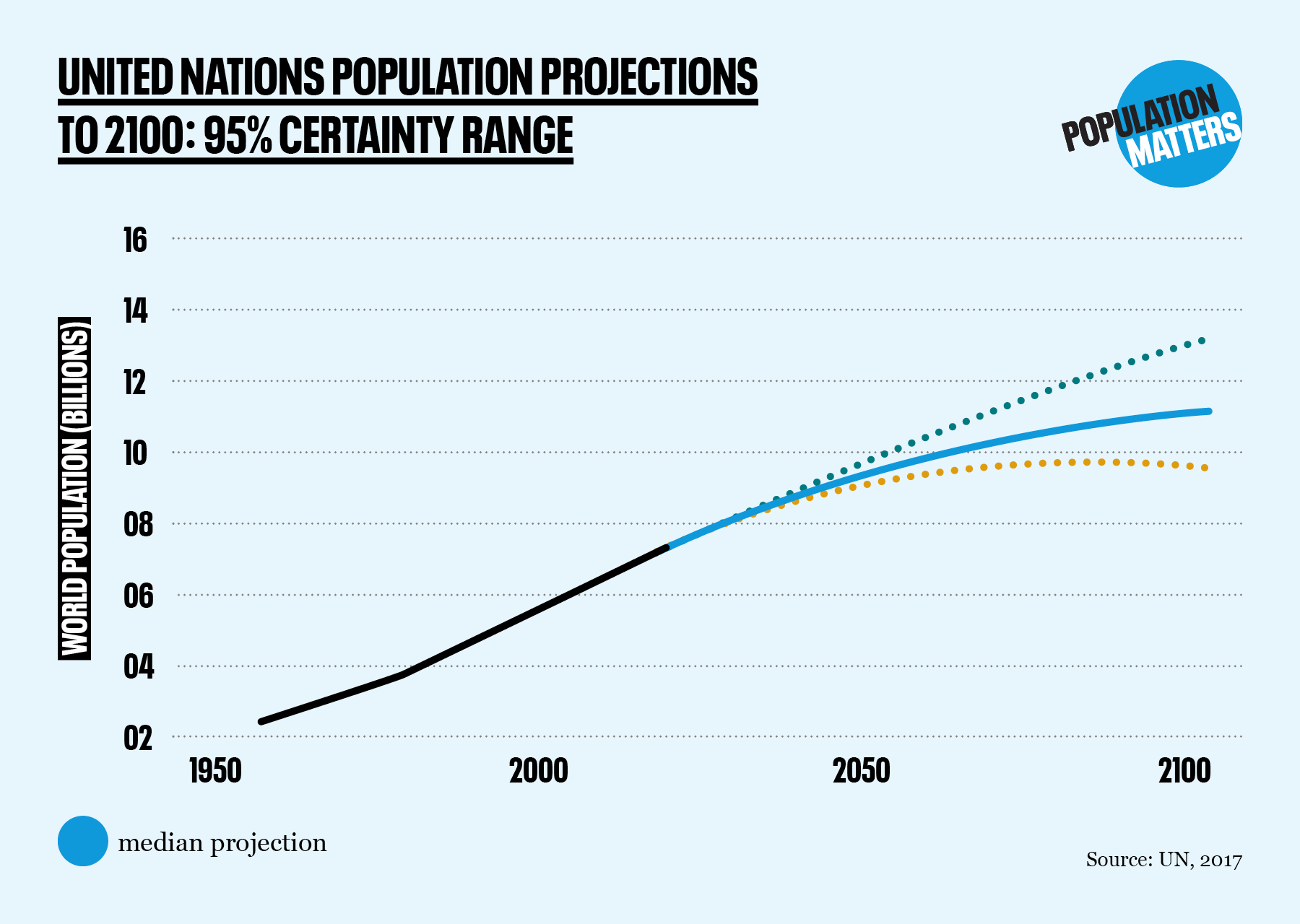
IPCC report: we need net zero by 2050
A crucial new report by the Intergovernmental Panel on Climate Change (IPCC) says limiting global warming to 1.5°C requires “rapid and far-reaching” economic transitions. Disappointingly, the report does not call for action on population, but acknowledges that high population growth is a “key impediment” to reaching climate targets.
Achieving Paris goals
The report, known as SR15, states that global net human-caused carbon dioxide (CO2) emissions must fall by 45 percent from 2010 levels by 2030 and reach net zero (a 100% reduction) around 2050. These timescales are far shorter than had previously been thought necessary.

Published today, SR15 (also known as Global Warming of 1.5°C, an IPCC special report) was written and edited by 91 scientists from 40 countries who analysed more than 6,000 scientific studies.
Its purpose is to provide guidance for the signatories of the Paris Agreement, adopted by 195 nations in December 2015, which aims to hold the global average temperature increase to “well below 2°C above pre-industrial levels” and to “pursue efforts to limit the temperature increase to 1.5°C.”
Economic fixes
The report warns that we are currently heading for a 1.5°C warmer world as early as 2040, with lasting and profound environmental and economic implications. IPCC members said the next few years are probably the most important in humanity’s history as government action (or inaction) based on these findings will determine whether we can avert large-scale catastrophe.
The scientists outline the measures required to achieving these targets, which predictably involve overhauling our economies to break free from our dependence on fossil fuels.
Population solutions = climate solutions
In its 2014, the IPCC’s Summary for Policymakers stated “Globally, economic and population growth continued to be the most important drivers of increases in CO2 emissions from fossil fuel combustion.” Whilst the current report does not recommend any specific action on population, there is a key message buried in Chapter 2 of the report which states that “lack of global cooperation, high inequality and/or high population growth that limit the ability to control land use emissions, and rapidly growing resource-intensive consumption are key impediments [to hitting 1.5 degree target].”
It also acknowledges that future population projections vary strongly based on what “educational assumptions” are made and states that “An important factor for these differences [in population growth projections] is future female educational attainment, with higher attainment leading to lower fertility rates and therewith decreased population growth up to a level of 1 billion people by 2050.”
The population threat
Contrary to commonly held assumptions, population growth is not on course to stabilise within a few decades.

The United Nations’ World Population Prospects 2017 report’s 95% certainty range shows no plateauing of human population growth by the end of this century,except at the lowest end of the range. Additional projections within the report show that with changes of just half-a-child on average more or less per family than its central projection, population in 2050 could be as low as 8.8bn and as high as 10.8bn and in 2100, as low as 7.3bn and as high as 16.5bn.
It is disappointing that the authors did not take this argument further and call for strong investment in women’s education and empowerment—a key measure to combat climate change. Educating girls and family planning together are the number one most effective solution to reduce global CO2 emissions.
Using all options
Population Matters director Robin Maynard said:
“Population is identified in the IPCC’s report as among the most significant variables in reaching our climate goals. In the face of the crisis so starkly illuminated by the report, it is crazy to stand passively by and see how it pans out. The good news is that addressing population brings multiple other benefits. What we want is more women’s empowerment, more modern family planning, more education, more people moving out of poverty and action taken to encourage and incentivise smaller families. These are voluntary, ethical, effective and practical solutions which everyone can and should endorse.”
“At its press conference in Incheon, the panel said ‘All options need to be exercised… We can make choices about how much of each option we use… but the idea you can leave anything out is impossible.’ The time to leave out population is long, long gone. Governments, environmental NGOs, intergovernmental organisations and us all, as individuals, must take action now.”
